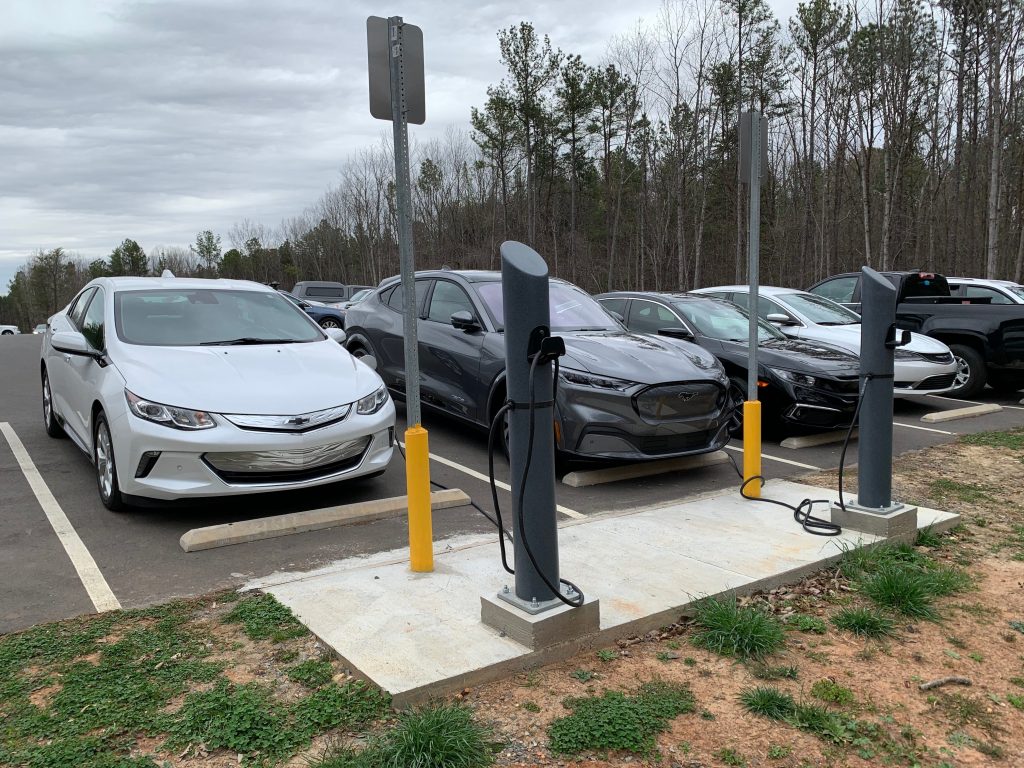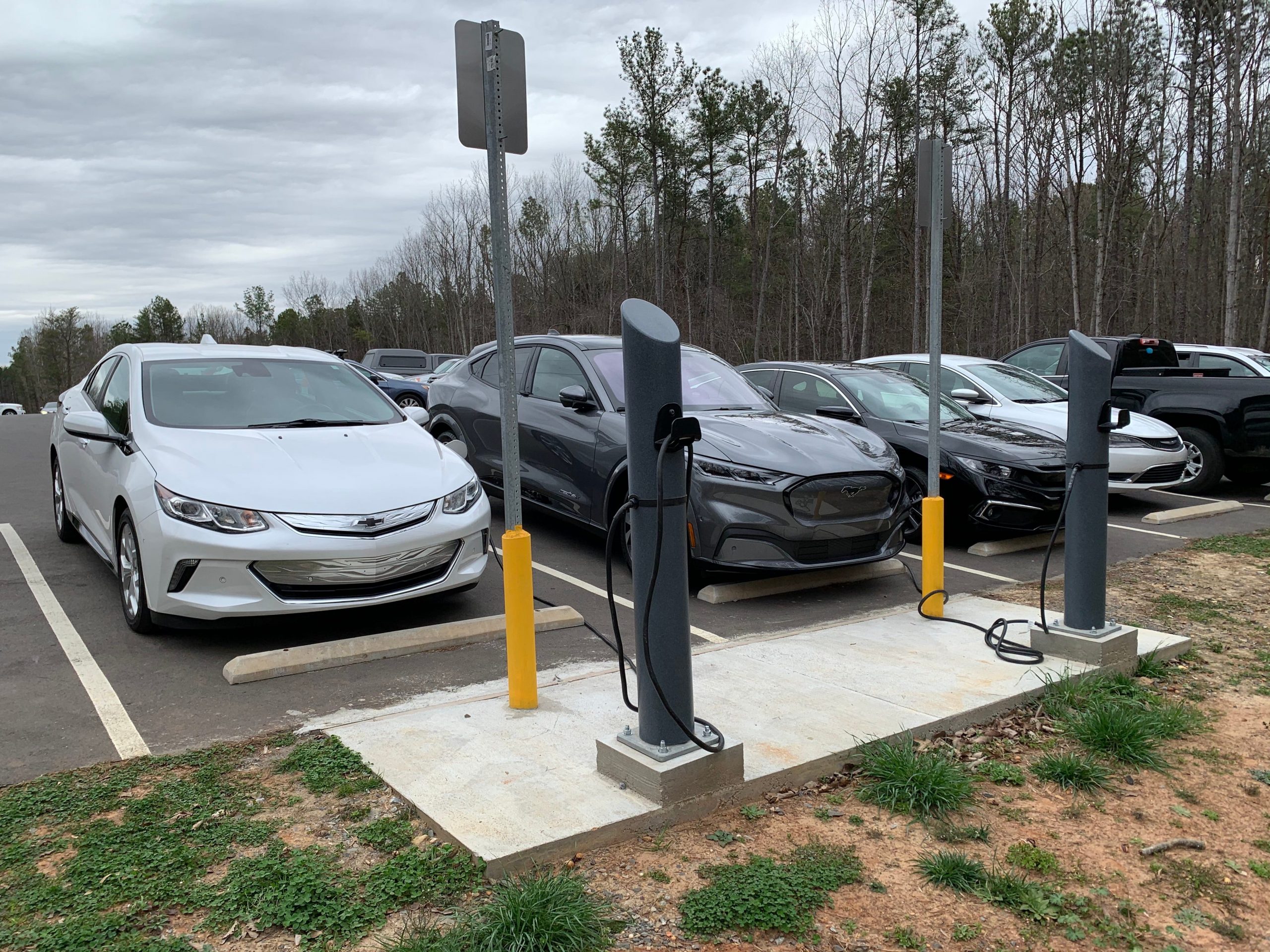
- Last October, I picked up a used 2016 Chevrolet Volt and have been driving it ever since.
- I've driven it 6,000 miles. In my year of ownership, I've put less than 10 gallons of fuel into it.
- It's been the perfect compromise: an EV in city driving with the fallback of a gas tank for longer trips.
Last year, I was in the market for an electrified car. After months of research, the BMW i3, Chevrolet Bolt, and Chevrolet Volt were my finalists. Since I live in the Southeast, used EVs are typically more difficult to find here than they are in other regions in America. I'd usually find a car online that I thought was perfect, then I'd discover it had a reported accident or some other issue.
In October 2020, and by sheer luck, a 2016 Chevrolet Volt Premier in Iridescent Pearl Tintcoat popped up for sale on Autotrader. Its owner had just moved to North Carolina from California, so the Volt was adorned with the groovy green HOV lane stickers (that I still haven't removed). After taking it for a test drive and kicking the tires, it was a buy.
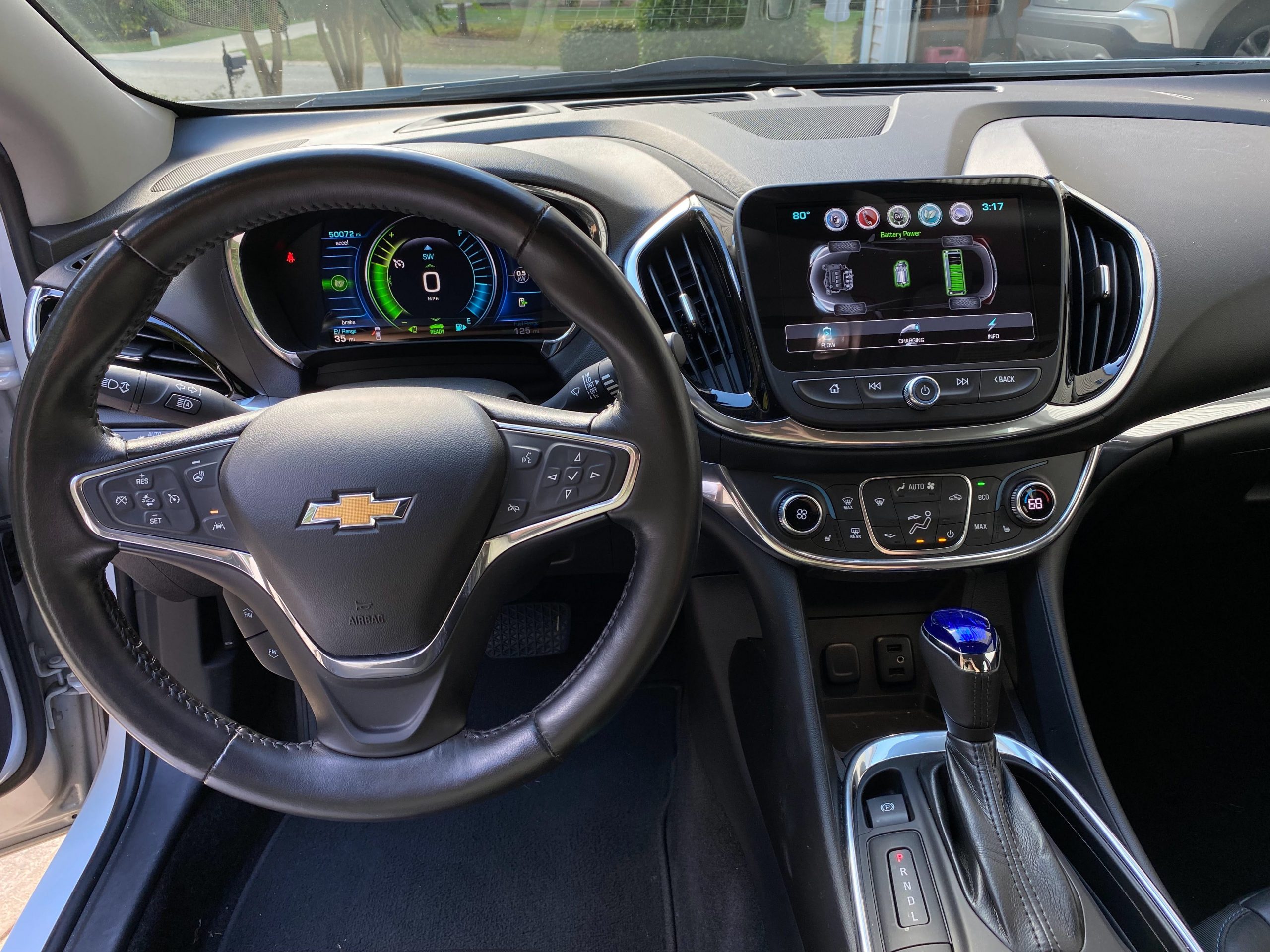
After I picked it up in Greensboro, North Carolina, I drove it back down Highway 85 to Charlotte. Since the Volt is a plug-in hybrid, it can operate on both battery power and gasoline, making the 100-mile highway drive back very easy.
The entire system is centered around an 18.4-kWh, liquid-cooled lithium-ion battery pack. There's an onboard gasoline generator, which seamlessly supplies power to the electric motors when the battery wilts. Whenever the battery has a charge, the Volt will operate as a purely electric car.
Usually, the only time the gasoline engine will turn on is if it's really cold outside (15 to 35 degrees Fahrenheit, depending on your in-car setting), or if the electric range estimator reaches "zero miles." In most circumstances, it's a fallback, not a main source of power.
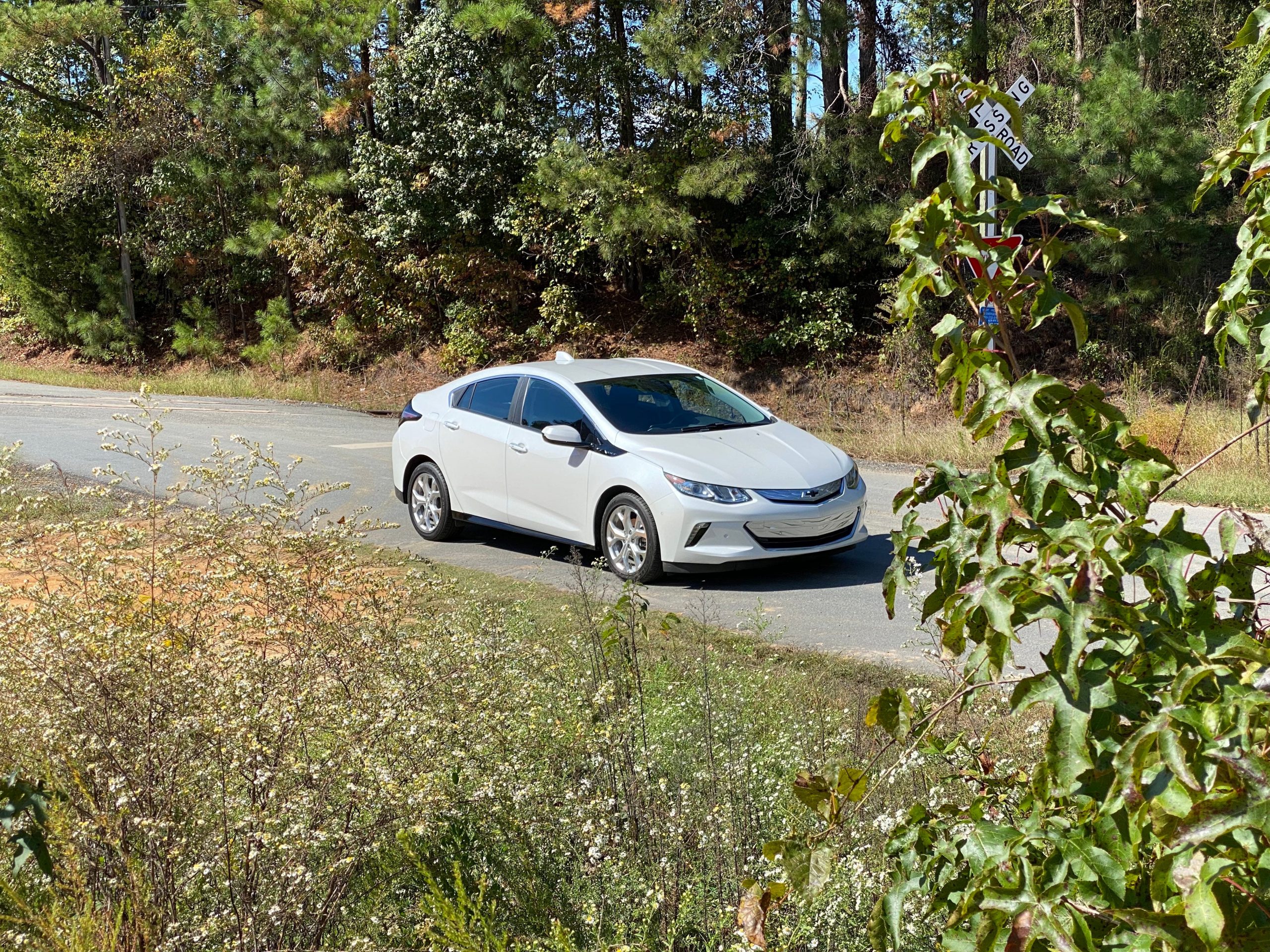
For its electric propulsion, the Volt offers an excellent battery-management system. The packs are very robust and highly acclaimed in the industry. Plus, they aren't affected by the same battery recall plaguing the Bolt, just one letter away from the Volt.
On a full charge, the battery can deliver a 53-mile electric range. To most, 53 miles seems mediocre, but it's actually more than enough for a plug-in hybrid. More than 90% of my driving has been on the battery alone. The occurrences where I had to rely on the gasoline engine were far and few. During all of my commuting, gasoline was out of sight, out of mind.
Once I would get back home, I'd simply plug it in, and the Volt would be back up to a full charge, ready to conquer its next task.
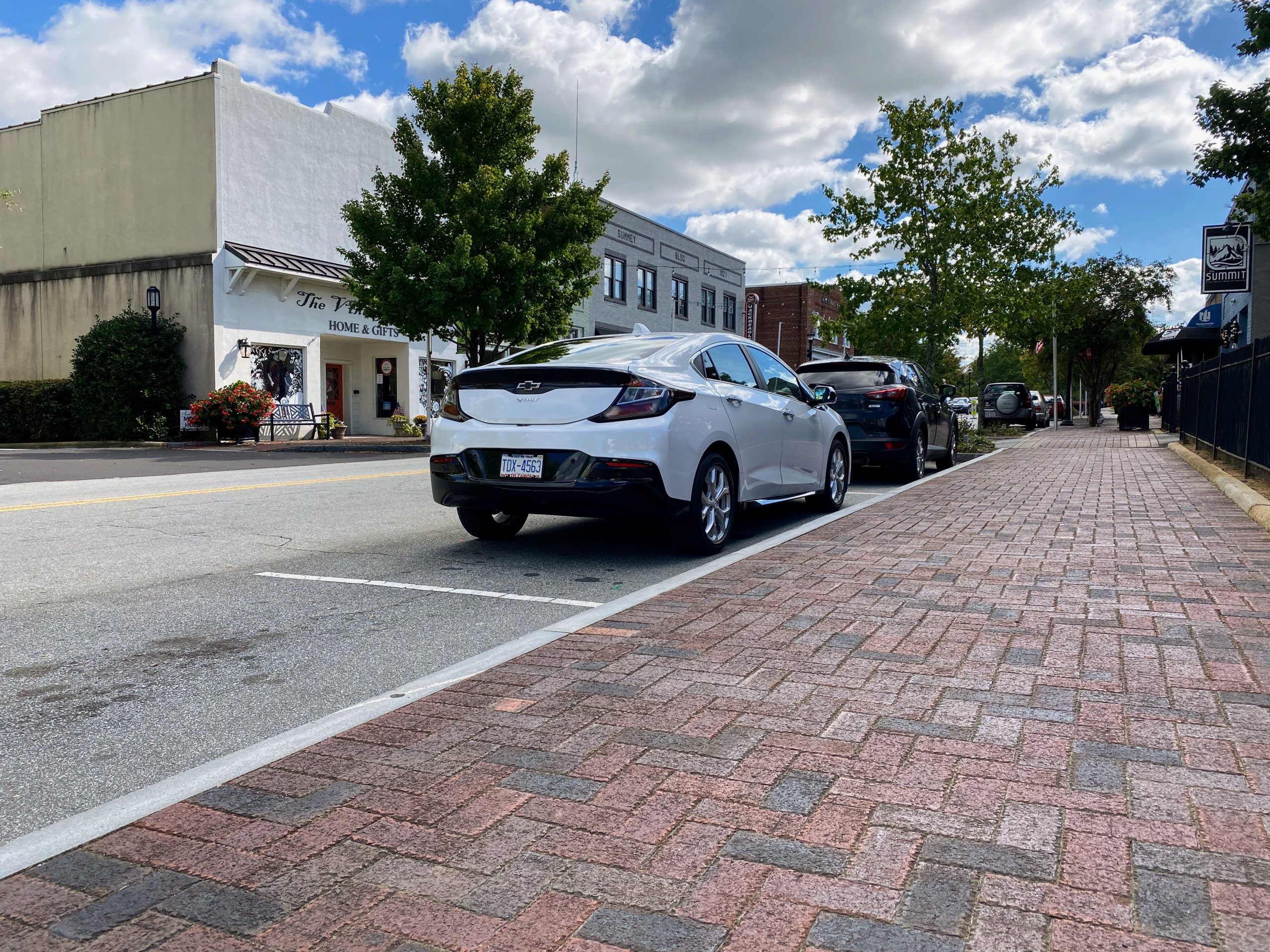
A topic of great uncertainty with electric cars is charging. There are three different ways to charge an EV: Level 1, 2, and 3. A Level 1 connection is the slowest and utilizes a typical 120-volt home socket, the same one used to charge your phone or laptop. A Level 2 connection charges significantly faster than a Level 1 and uses a 240-volt hookup, which is the same as what a typical dryer would use.
Lastly, there's Level 3 fast charging. The Volt doesn't have fast-charging capabilities, but most new pure electrics offer it as standard. It'll generally take around 30 minutes for an 80% charge, but that figure can vary depending on what model it is.
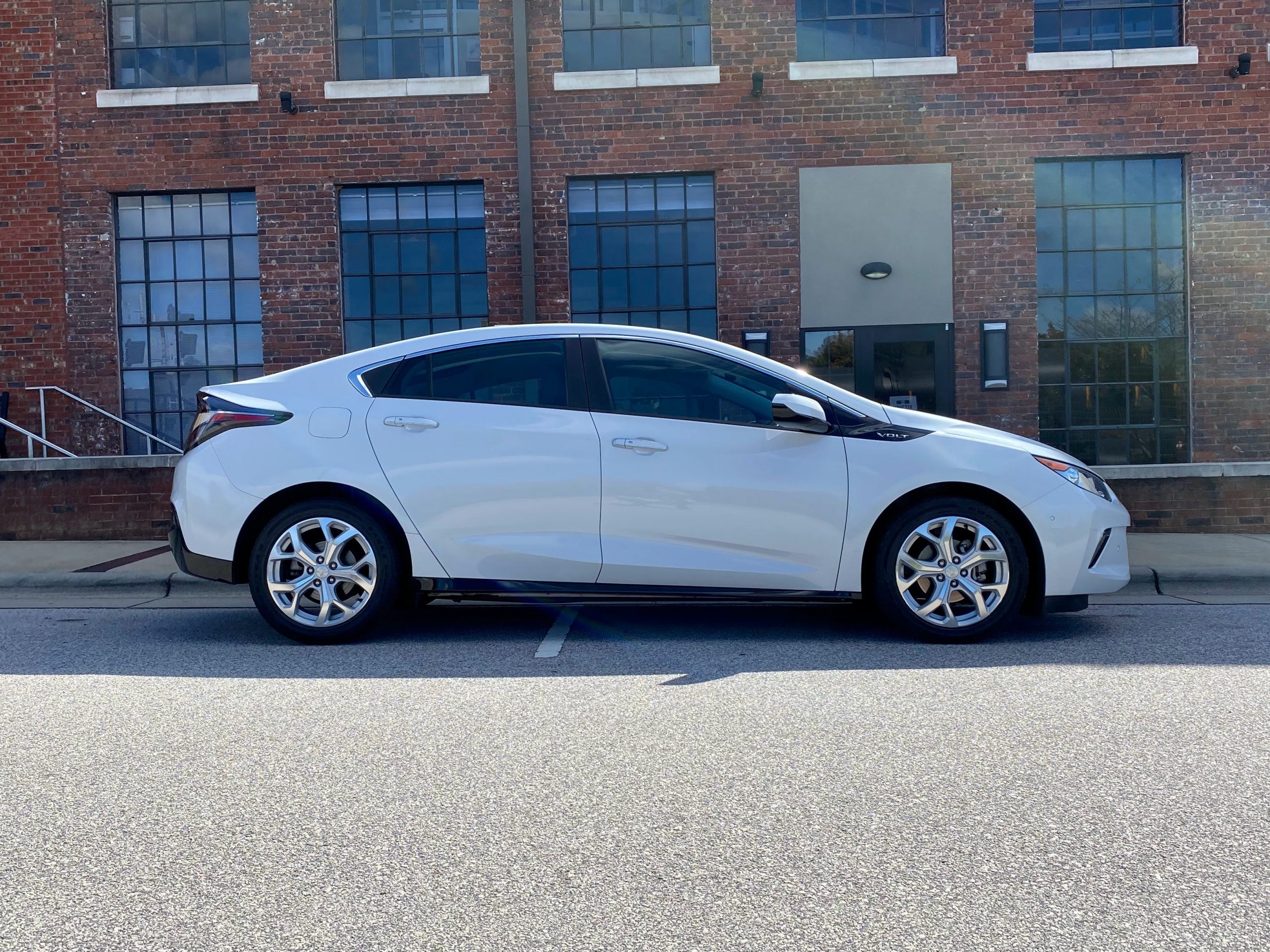
All of my charging is done at home on a Level 2 240-volt wall mount, which adds about 12 miles of range per hour. After my 25-mile commute, it takes about two hours to reach a full charge.
From what I've noticed, a 240-volt charger isn't even necessary for charging the Volt. Included in the trunk is a standard Level 1 120-volt charging cord. While its charge rate is significantly lower at four miles added per hour, it can still deliver a full charge overnight.
In September, North Carolina's average energy rate was $0.11 per kWh, so the upkeep costs of owning an EV are very low. A full 53-mile charge in the Volt would only cost around $1.57 in electricity utilities, and compared to September's national gasoline average price of $3.18 a gallon, it's apparent as to why more individuals are jumping on the electric bandwagon.
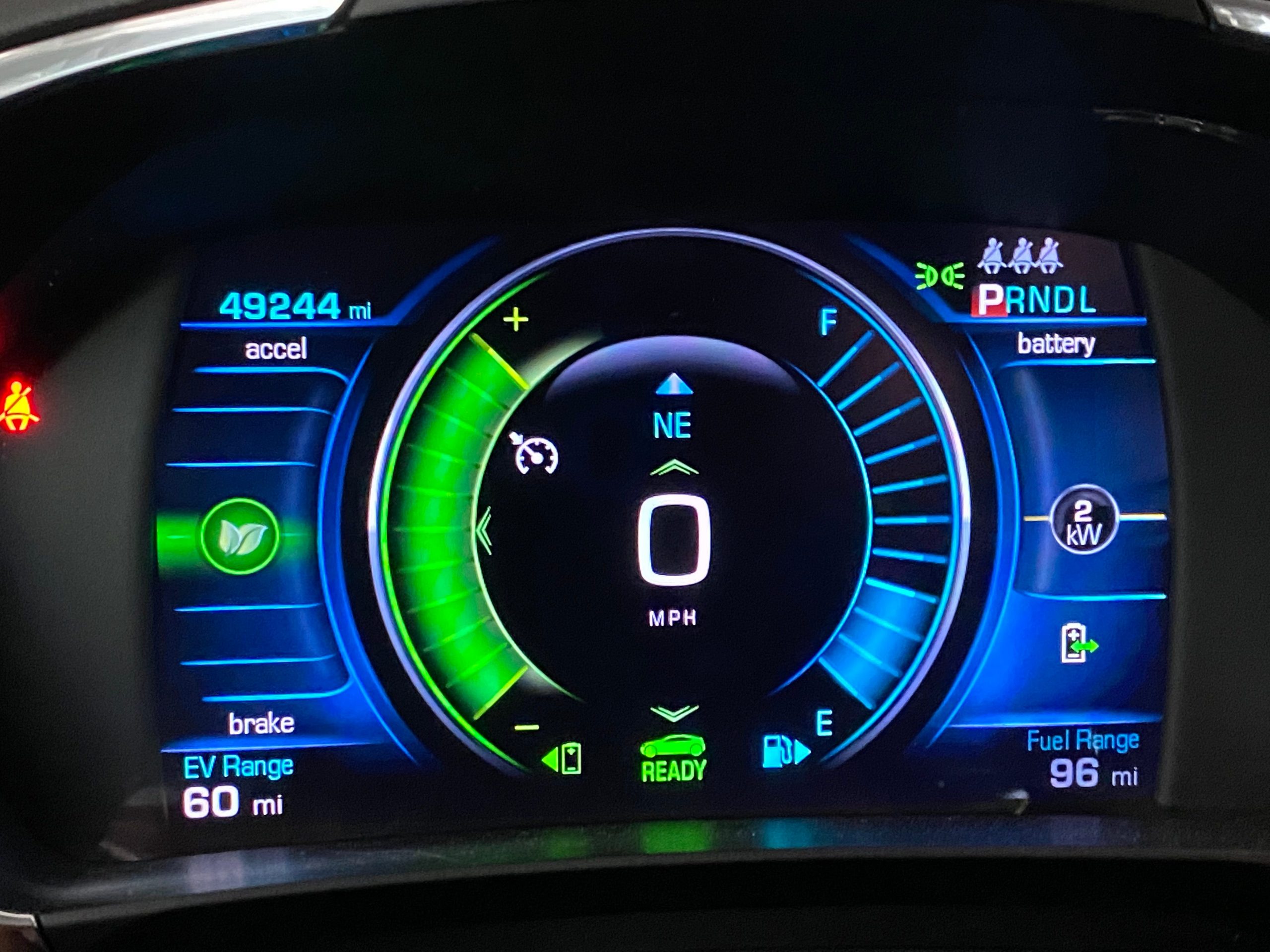
Range doesn't always stay the same, though — and that's also the case for my 53-mile limit. If I stick to lower speed driving in optimal weather, I can achieve north of 60 miles on electricity alone.
In the city, electric cars excel because you can maximize your regenerative braking. Most deceleration in the Volt is just the electric motors "capturing" kinetic energy. Two benefits of this concept are that the friction brakes last much longer and you can make back some energy lost while driving.
During freeway driving in colder temperatures, around 40 to 45 miles is to be expected.
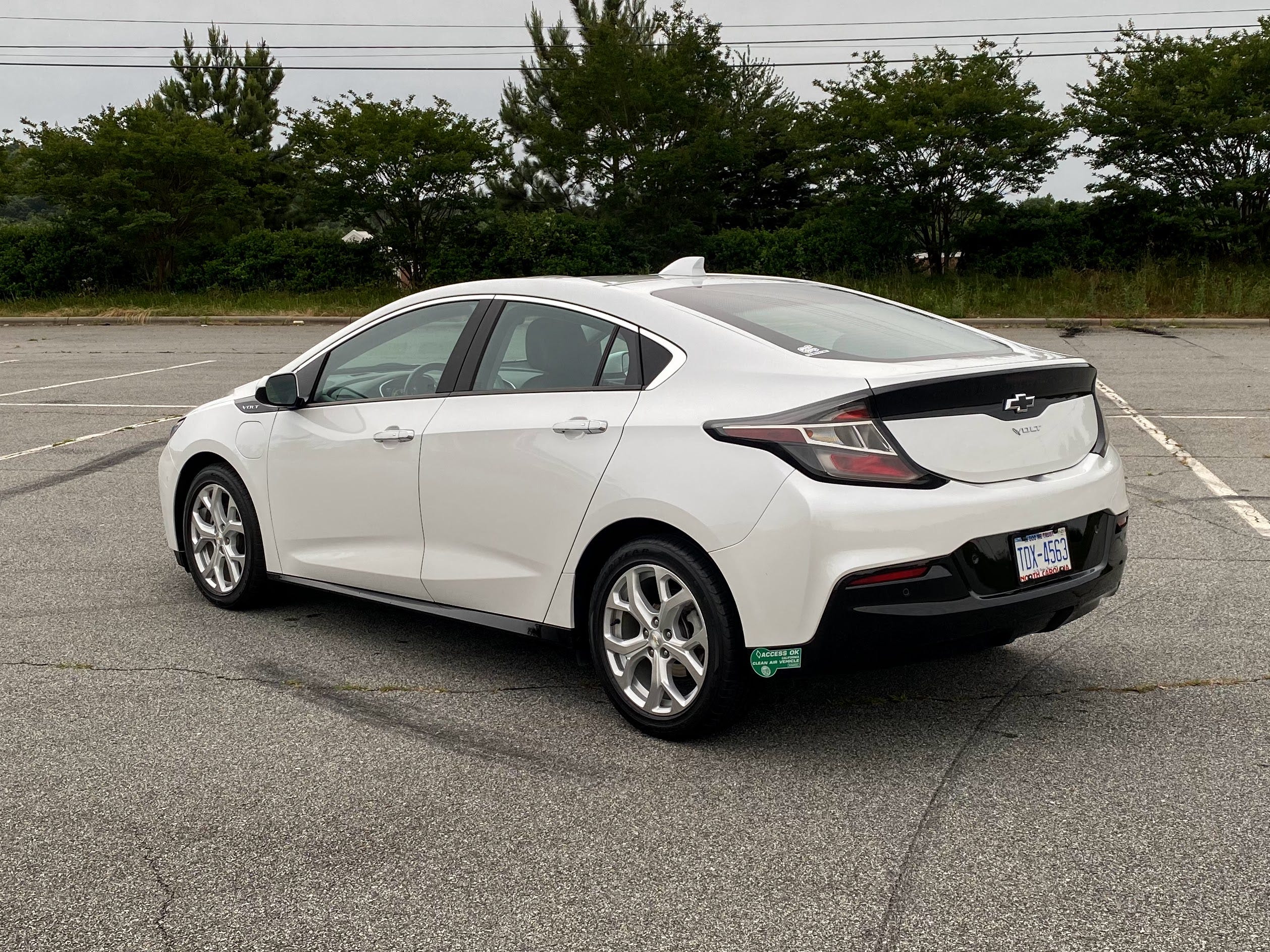
That's why if you're taking the Volt on a road trip, it's best to switch on the generator by pressing the "hold" mode button, so you can save the electricity for lower-speed driving. On the highway in "hold mode," it'll get up to 44 mpg on the gasoline engine, which isn't bad by any means.
The Volt also gets all of the benefits of an EV with the fallback on a gasoline engine. Since it's powered by an electric motor, its acceleration is instantaneous and virtually silent. The Volt feels exceptionally quick off the line at lower speeds, so passing and merging is a breeze. (Once you hit 40 mph, it still provides enough power but the fun dwindles.)
In the pleasant time of driving my now six-year-old Volt, my belief that EVs are the future has only proliferated. From its avant-garde technology to its low operating costs, I'm convinced electric cars are here to stay.
Dit artikel is oorspronkelijk verschenen op z24.nl
